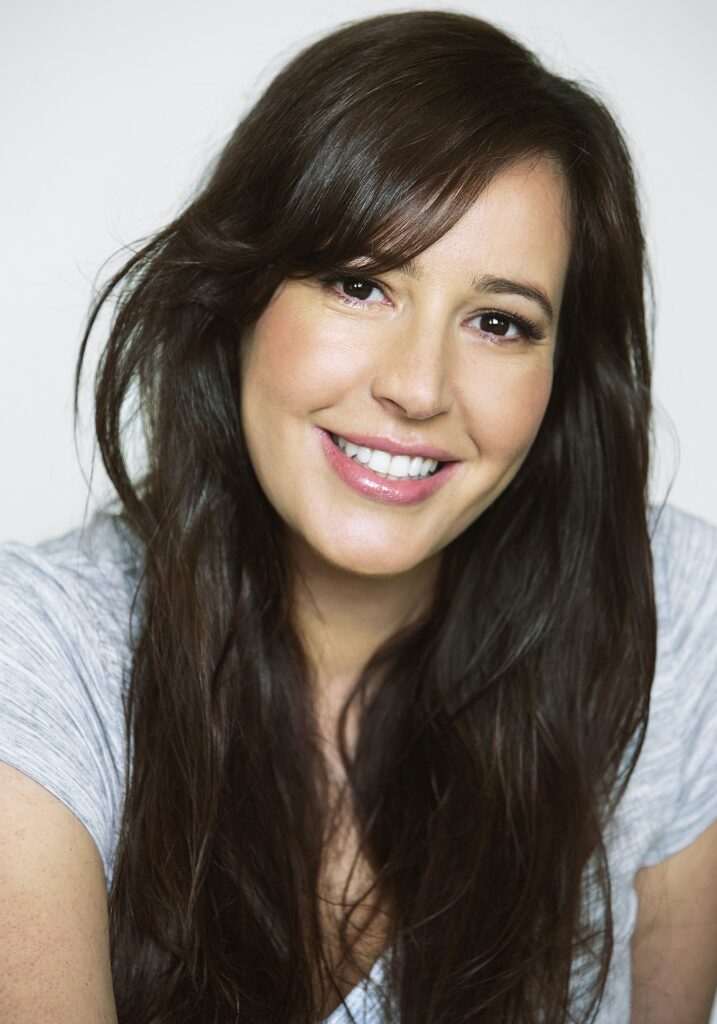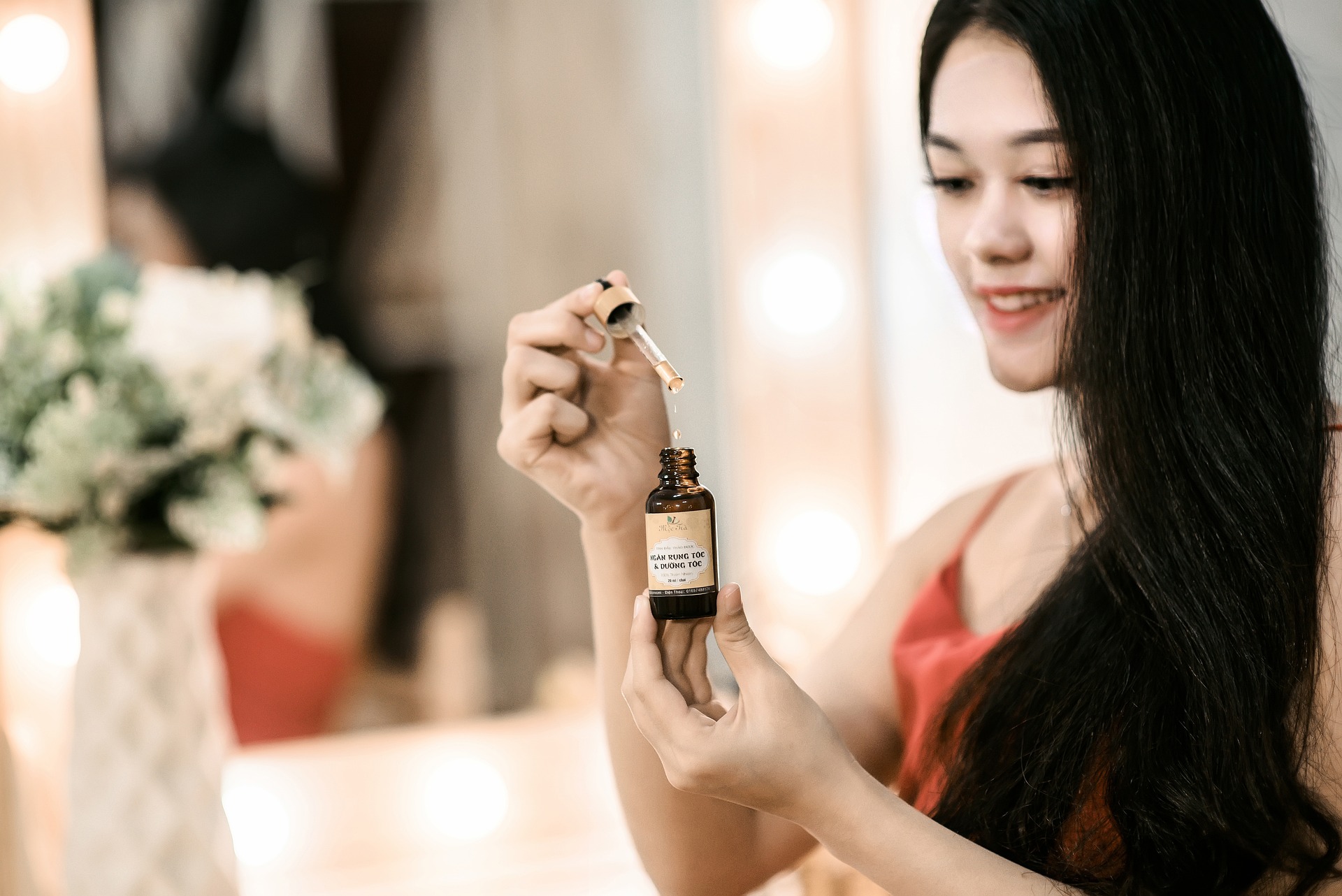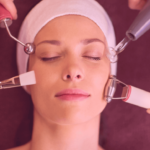Introduction
There’s a reason why oil is an important part of many hair care products. Oils, among other ingredients, help hair to grow in the correct direction and protect against dryness and damage. Many people are concerned that adding oil to their hair care routine will lead to greasy and/or unkempt hair, but this needn’t be the case. If used correctly, a quality hair product and a few drops of oil can be your best friends when you’re trying to grow long healthy locks.
With the rise of hair care practices like biotin-infused products and natural dye alternatives, hair oils should be at the forefront of any well-rounded beauty routine. Originating in ancient India, the 5,000-year-old practice boasts a bevy of healing and regenerative properties. Known as the science of Ayurveda, the ritual consists of working oils into strands of hair and the scalp for moisture and replenishment. During the early years of hair oiling, coconut, sesame, and castor oils dominated. Since, the practice has evolved into dozens of products, formulas, and techniques ideal for a nourishing hair routine
When oils are applied is dependent on personal preference and hair type. Oils can be applied on the hair 30 minutes to an hour before showering, used as a treatment, and then washed off in the shower. Many also use oils to style the hair after it is washed. Depending on the moisture level of your natural hair, it is best to use oils once or twice a week to ensure that the hair is nourished but not overly moisturized. Damp to mildly wet hair is the optimal canvas for hair oils, too. When combined with damp hair, the oils will latch onto the hair shaft which will prevent frizz as it dries. Once the hair dries, rubbing a touch of oil will leave hair looking shiny, nourished, and well-kept. Technique-wise, hair oils should be applied using the palm of the hand. Early techniques massage the oils into the scalp and hair for 15 minutes, however, the practice can be shortened if you are tight on time. If oil is applied during the night, the oils should be washed out in the morning using lukewarm water to avoid dirt or debris build-up. Finally, you should not comb or brush your hair while conducting your oil routine since it can cause damage and breakage.

With a plethora of oils available, choosing the product best fit for your hair type can be challenging. Argan oil is a popular choice for those with dry, and frizzy hair that is treated frequently. The oil is rich in linoleic acid, oleic acid, and vitamin E which will protect the hair shaft from over-styling and heat treatments. An option used for thousands of years, olive oil is also suited for dry and thick hair due to its moisturizing and strengthening qualities.
For those with dandruff, tea tree oil can be used on all hair types and helps to remove excess product build-up and reduce the appearance of grease. Pure essential or natural oils should be used instead of other oils for those with greasy hair. Antibacterial options like rosemary, lavender, and lemon oils are perfect choices that can help regulate sebum and oil production
Conclusion
Adding oil to your hair care routine can have many benefits. Oiling helps in revitalizing and nourishing dry hair, making it one of the best products for brittle, damaged or processed hair. Oils can also be used as a styling product to smooth hair and add shine or add volume depending on the type of oil you choose to use.







